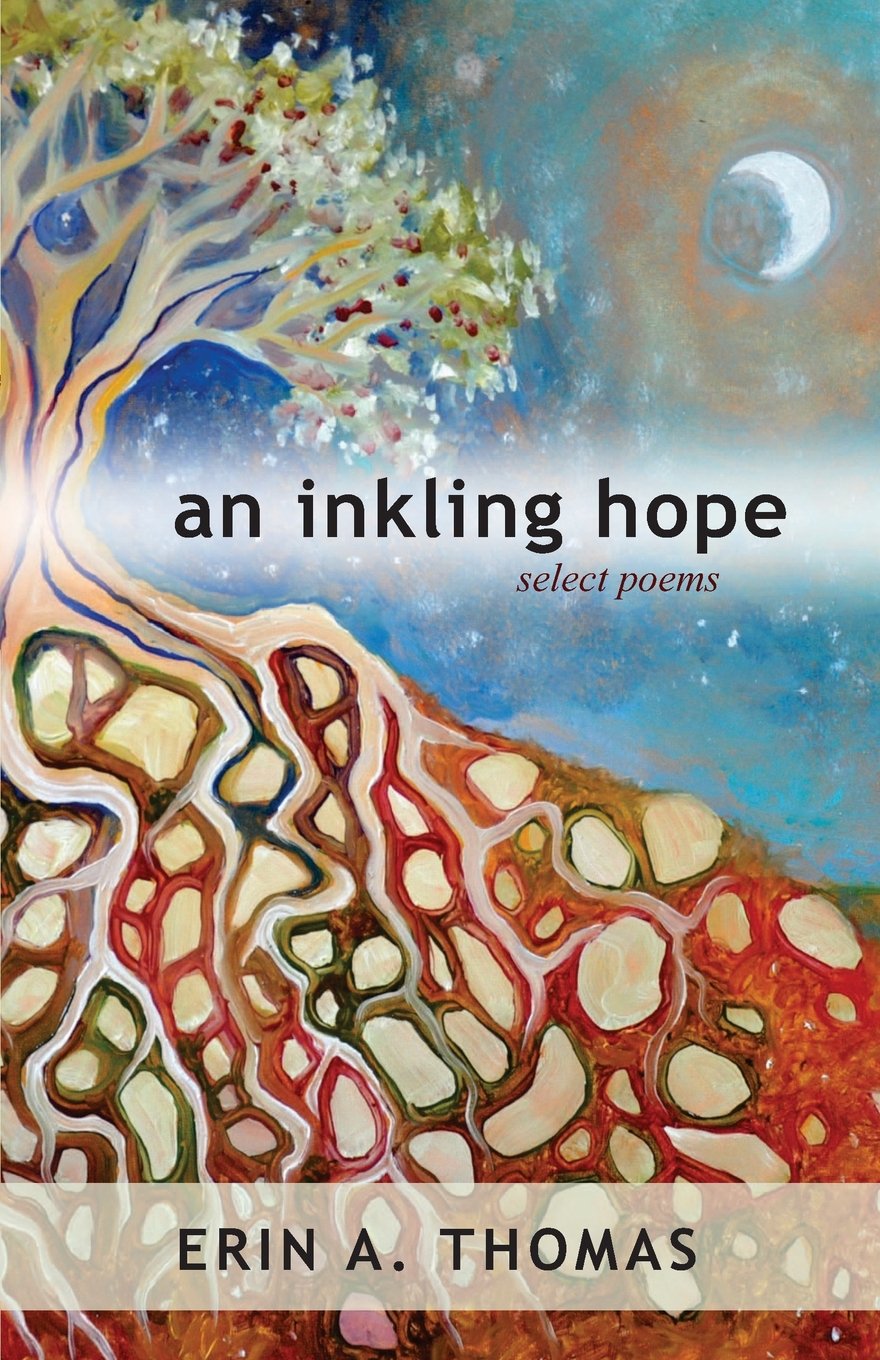I’ve been working for a large organization in the Reno area for just about 3 years now. The experience has been unlike any I’ve ever had before in the workforce, and mostly ways that are positive and affirming.
About this time late in 2023, I learned that I had been nominated for my organization’s “High Potential Program” by my leaders, a program consisting of a series of classes wherein you learn various tools involving self awareness, emotional self-regulation, empathy, time management, and plenty more. I didn’t really expect to be accepted into this program, as I looked at the past graduates to find they all had college degrees. And, I’m barely a high school graduate with a GED (“Good Enough Diploma,” as Chris Rock once put it) from a Job Corps center. But to my surprise I was accepted.
The program required one blood sacrifice—we had to give a speech on graduation day before the department heads, the CEO, and a host of other bigwigs within the organization. I took this very seriously and wanted to deliver a speech that did two somewhat disparate things—One, told a little of my story including some of my childhood circumstances and two, noted some personal benefit received from the program while extolling the merits of the program itself.
I ended up writing about 5 speeches, and even toyed with writing and delivering a poem rather than a speech. The poem would have been this one, but I did ultimately go with a several times revised rendition of one of the speeches. Yet, it didn’t feel like the poem was half bad—just didn’t feel like the right venue for it.
Potential
A nascent thing
a hope, a dream, an aspiration
scarcely felt, entirely unrealized—
at least for now
There are times when
this primordial promise is lost, ripped
away before even its first bud
begins to form
Forces like providence—
droughts of love and nurture, storms
of fury, rage, and blows, floods of
terror and gloom
Brilliance tarnished
by corrosive words and chemicals
to disfigured shapes and shades
of matt despair
There are also times
when something is salvaged, a slip not
fully dead lifted from decay to settle
in soils of possibility
A force like renewal
burgeoning forth, perhaps not the full
of what was lost, but something
that refused to die
A thorn-wielding hybrid
recognized by rare souls of renown
character, and cultivated from withered
neglect to vibrant health
It is not a seed
but the force from which a seed begins—
a dream still coiled deep within the womb
breath before the lungs have formed
The way I understand “potential” as relates to the human condition has changed a lot over the decades, and I suspect it will continue to change. It’s tied into insights gradually gained into the nature of being, identity, cognition, and consciousness—insights that continue to shift and expand, hopefully growing and evolving.
Here in this poem aspects of these insights are expressed, ever so subtly, while also reflecting upon and tying them into direct experience, past and present, relative to the framework of this lifetime.
Like I said, not quite the right fit for a speech presented to department heads, the CEO, and other top brass within the organization. I sat on it for a while, continuing to make minor edits. And, now it’s here. A more appropriate venue, sure, but one that essentially lacks an audience.

